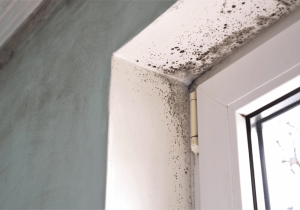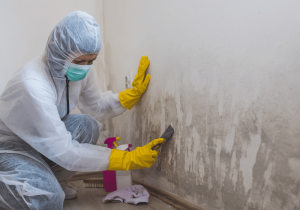For many homeowners in London, Ontario, the discovery of mold can be a source of significant stress. This unwelcome guest often appears silently, thriving in damp, hidden corners of our homes. While a small spot of mold might seem harmless, it can quickly spread, compromising not only your home’s structural integrity but also the health of your family. Understanding the importance of early mold detection and professional mold inspection is the first step toward safeguarding your property and your well-being.
This guide will walk you through what every London homeowner should know about mold. We’ll explore the common signs of a mold problem, explain why you can’t always rely on what you see, and detail the processes involved in professional mold detection and testing. By the end, you will have a clearer understanding of how to identify potential issues and when it’s time to call in the experts for a thorough home inspection.
The Hidden Dangers of Household Mold
 Mold is more than just an unsightly blemish on your walls or ceilings; it’s a type of fungus that releases spores into the air. When these spores are inhaled, they can trigger a range of health issues. As noted by AL Home Inspections, symptoms of mold exposure often manifest quickly and can include persistent coughing, sneezing, watery eyes, and skin irritation. For individuals with asthma, allergies, or compromised immune systems, the health risks are even greater, potentially leading to more severe respiratory problems.
Mold is more than just an unsightly blemish on your walls or ceilings; it’s a type of fungus that releases spores into the air. When these spores are inhaled, they can trigger a range of health issues. As noted by AL Home Inspections, symptoms of mold exposure often manifest quickly and can include persistent coughing, sneezing, watery eyes, and skin irritation. For individuals with asthma, allergies, or compromised immune systems, the health risks are even greater, potentially leading to more severe respiratory problems.
The challenge with mold is that its presence isn’t always obvious. While some types of mold are visible, appearing as black, green, or white patches, others can grow undetected behind walls, under flooring, or within ventilation systems. This hidden growth can release spores throughout your home, affecting your indoor air quality without any visible signs of a problem. This is why professional mold detection is so crucial; it addresses both the mold you can see and the contamination you can’t. Relying solely on visual cues can give you a false sense of security while a significant problem continues to develop out of sight.
Why Professional Mold Inspection is Essential
When you discover what appears to be mold, your first instinct might be to clean it up yourself. While this can be effective for minor surface issues, it often fails to address the root cause of the problem. A professional mold inspection goes far beyond what the eye can see. Certified inspectors are trained to identify the specific types of mold in your home, including more toxic varieties like black mold, and determine the extent of the contamination. They use specialized equipment and techniques to uncover hidden mold that the average homeowner would miss.
A comprehensive home inspection for mold involves a systematic process. An inspector will typically conduct a thorough visual assessment of the property, looking for signs of water damage, moisture intrusion, and visible mold growth. They may also use moisture meters to detect dampness in walls and other structures. If mold is suspected but not visible, air and surface samples might be collected for laboratory analysis. This mold testing process provides definitive answers about the type and concentration of mold spores, which is essential for developing an effective remediation plan. Without this expert assessment, you risk only cleaning the surface while the underlying issue remains.
The Process of Mold Testing and Detection
 Once an inspector suspects mold, a formal mold testing procedure may be recommended. This is a scientific process designed to provide concrete data about your indoor environment. One common method is air sampling, where a calibrated pump draws a specific volume of air through a cassette. This cassette traps airborne particles, including mold spores, which are then sent to an accredited lab for analysis. The results can reveal the types and quantities of mold present in your air, which are then compared to outdoor air samples to determine if indoor levels are elevated.
Once an inspector suspects mold, a formal mold testing procedure may be recommended. This is a scientific process designed to provide concrete data about your indoor environment. One common method is air sampling, where a calibrated pump draws a specific volume of air through a cassette. This cassette traps airborne particles, including mold spores, which are then sent to an accredited lab for analysis. The results can reveal the types and quantities of mold present in your air, which are then compared to outdoor air samples to determine if indoor levels are elevated.
Surface sampling is another critical component of mold detection. This can involve taking a swab or a tape lift sample from a surface where mold is suspected to be growing. These samples help identify the specific species of mold in a particular area. The combination of air and surface testing provides a complete picture of the mold situation in your home. This detailed information is vital because different types of mold require different remediation strategies. Armed with this data, you and your inspector can make informed decisions about how to safely and effectively remove the mold and prevent it from returning.
Protecting your home and family from the risks of mold begins with awareness and proactive measures. If you notice a musty odour, experience persistent allergy-like symptoms, or have had recent water damage, it is wise to consider a professional assessment. While DIY solutions might seem tempting, they rarely solve the problem permanently. A certified home inspection provides the peace of mind that comes from knowing the true extent of any contamination and having a clear path forward for remediation.
If you are a homeowner in London or the surrounding Southwestern Ontario area and have concerns about potential mold in your property, taking action is the best course. Exploring professional mold testing services can provide you with the answers you need to ensure your home is a safe and healthy environment. Don’t wait for a small issue to become a major problem. To schedule an inspection or to ask any questions about the mold detection process, reach out today and take the first step toward a healthier home.

